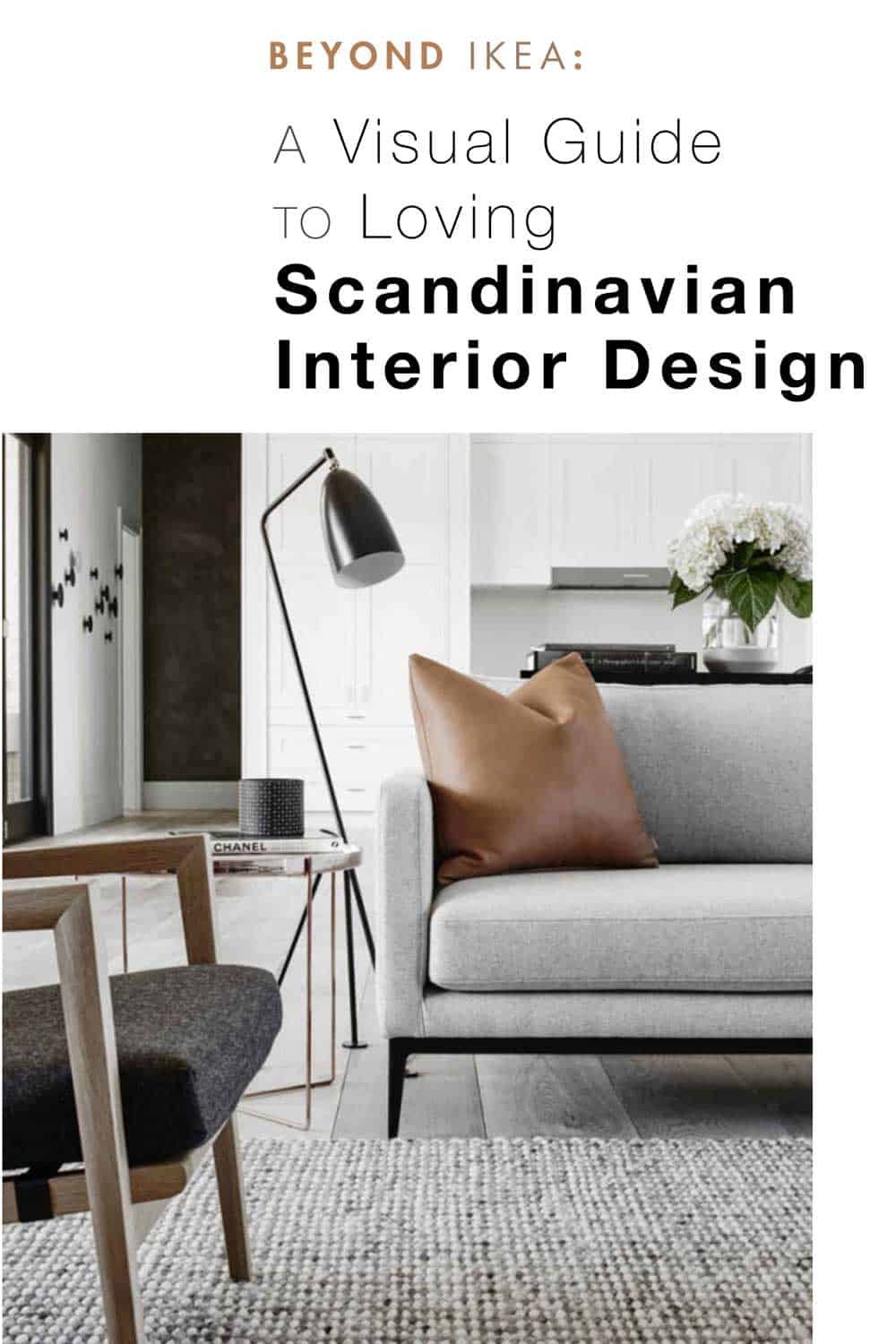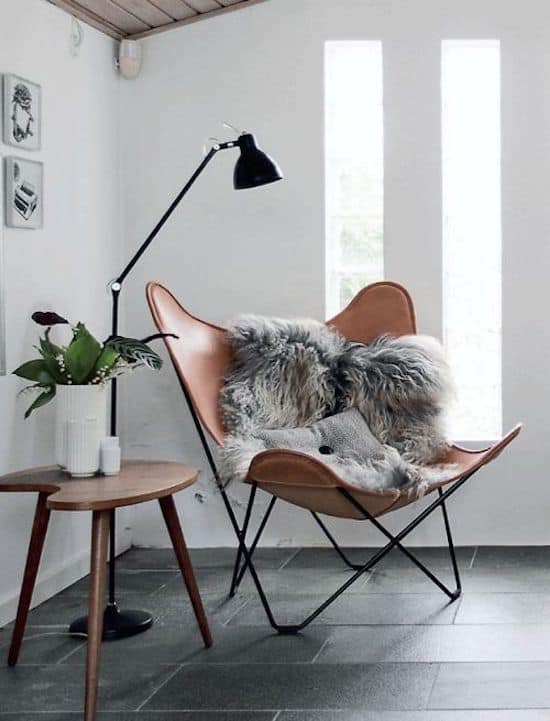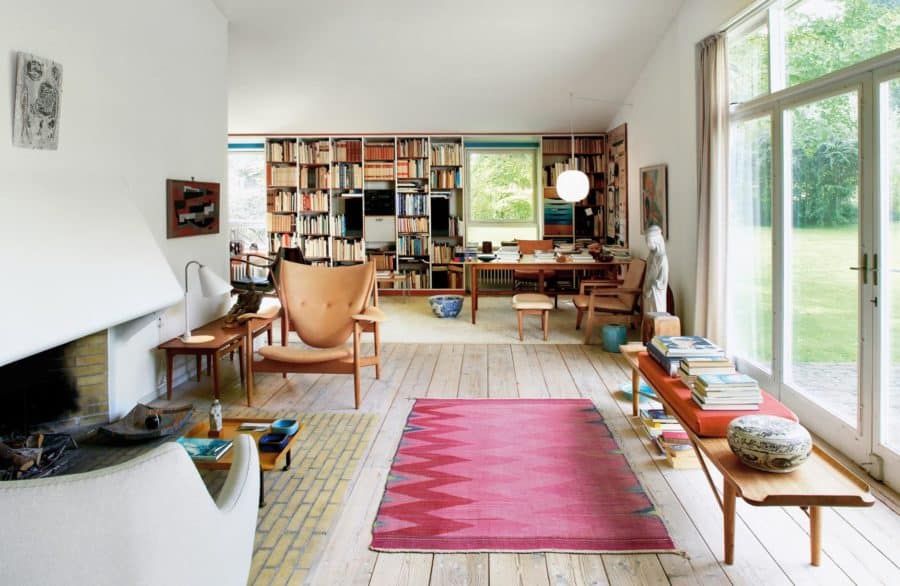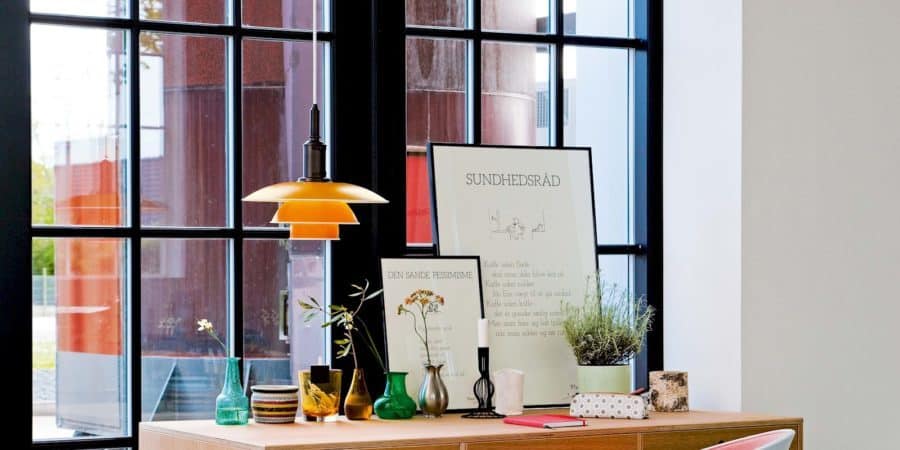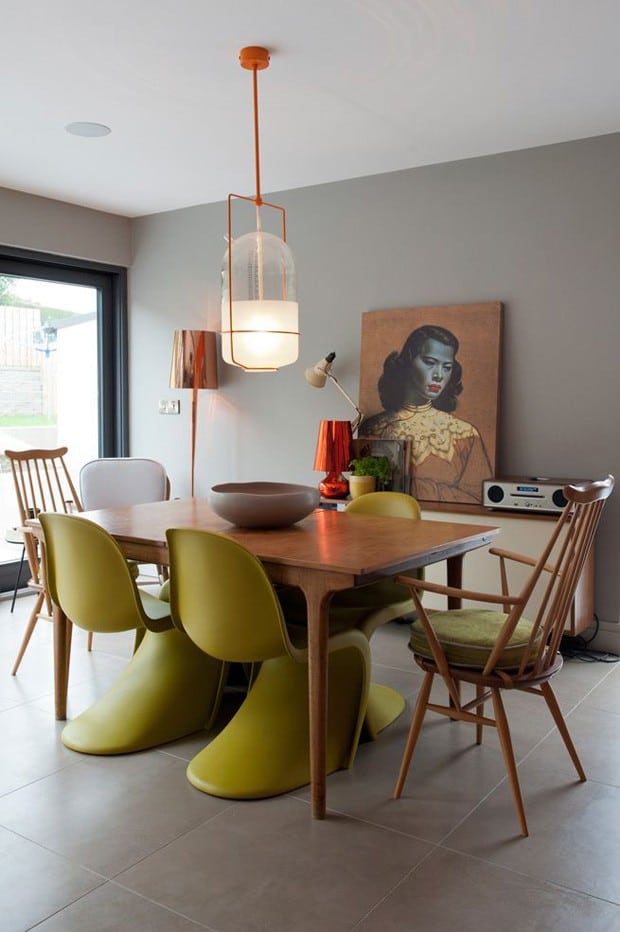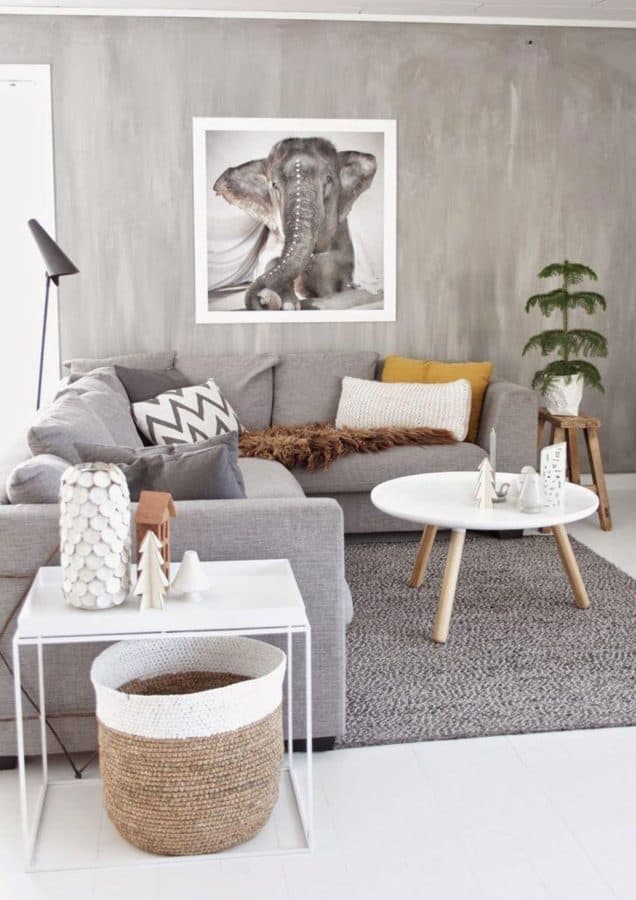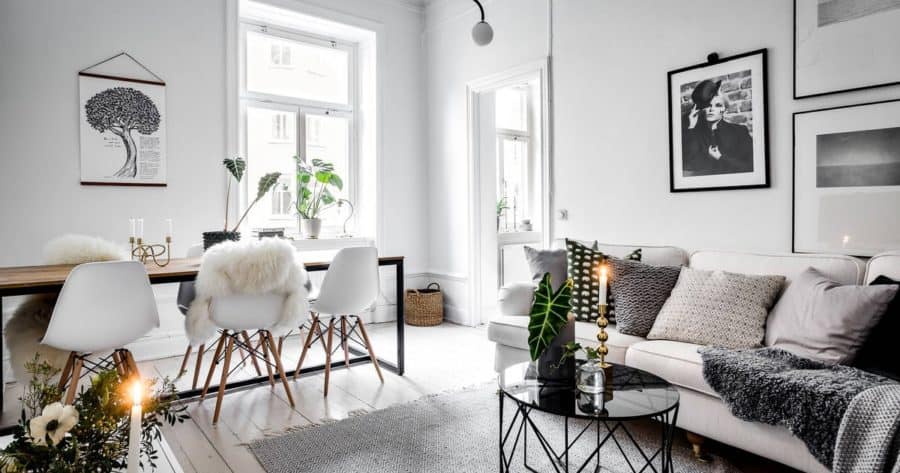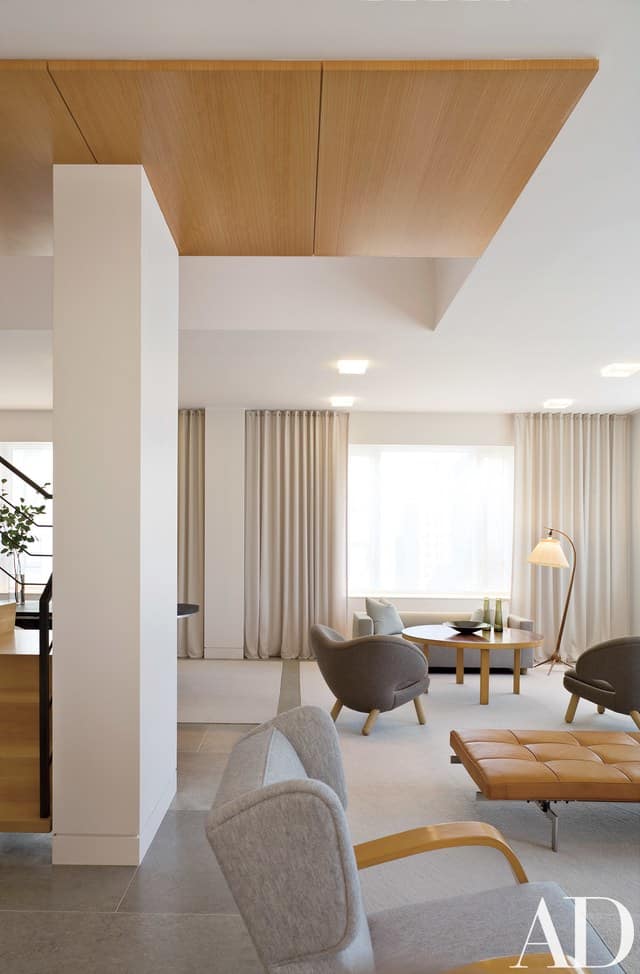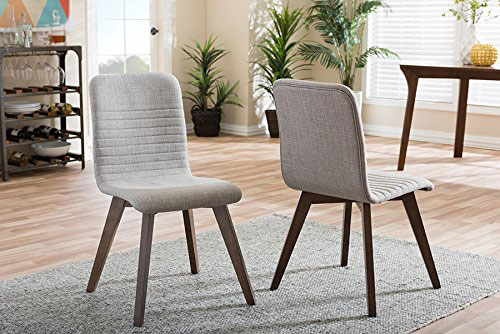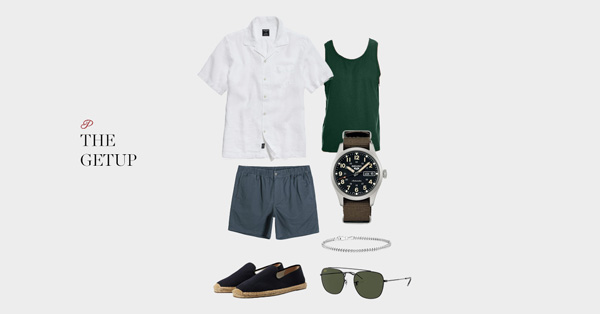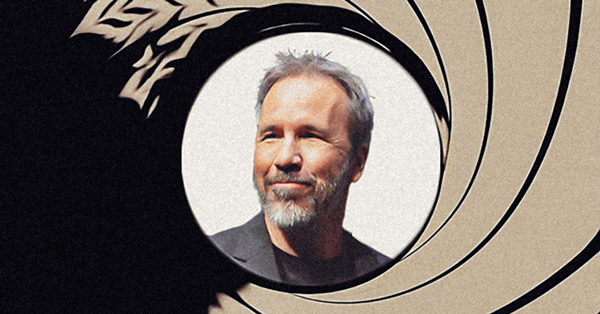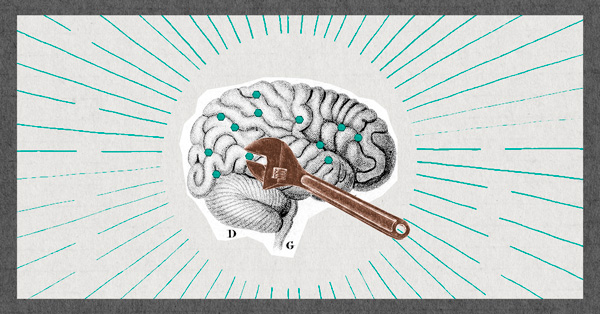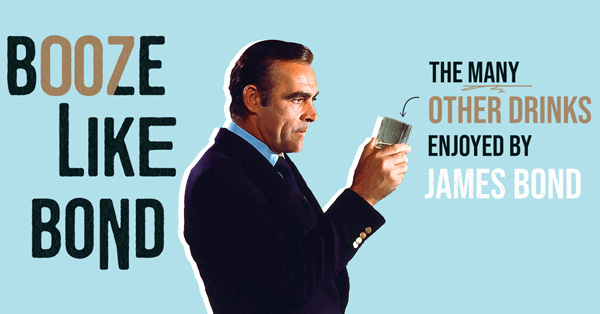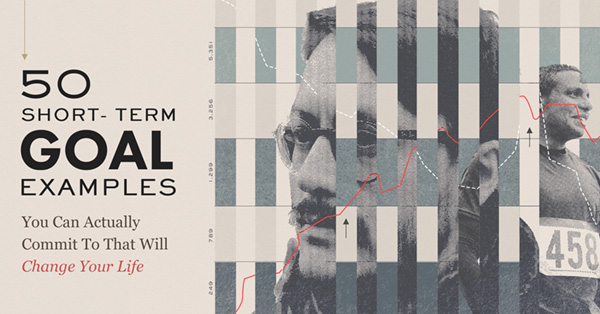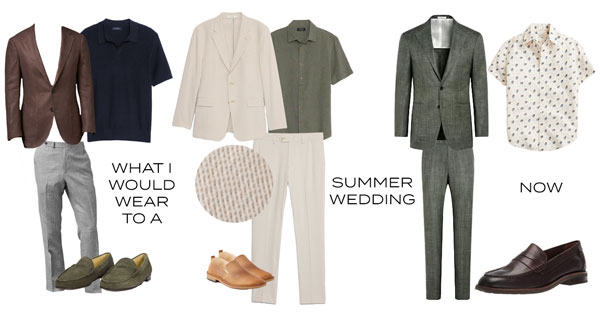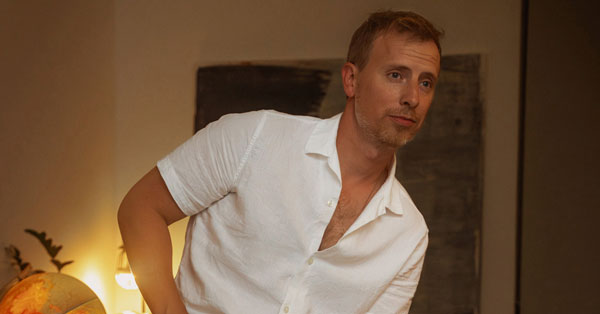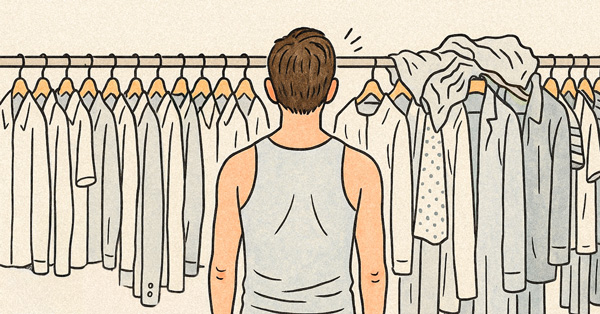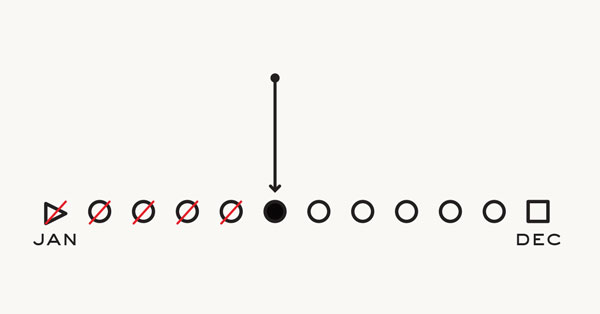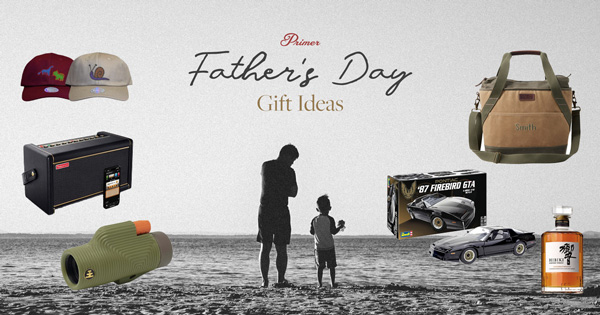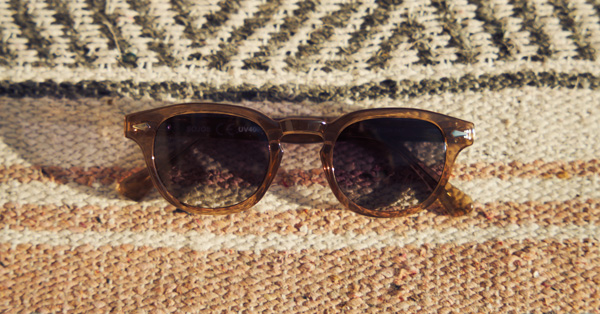Sure, we’ve all heard of Ikea… but I’ve got news for you. The Swedish mega store is just the tip of the Scandinavian design iceberg. If you really want to learn how one of the world’s coolest styles evolved, you’ll have to go back a few years. Do you like mid-century modern style furniture? Then you’ll want to keep reading, because it’s an integral part of Scandinavian design.
Here’s a down and dirty guide with bite-sized bits of information that will get you in the know in less time than it takes to eat an order of Ikea’s famous meatballs.
In The Beginning
The term “Scandinavian design” has become universally understood in the creative world to mean simple, clean products inspired by nature and accessible to all… but that wasn’t always the case.
The term originates from an exhibit called Design In Scandinavia that traveled to the United States and Canada in the mid 1950s.
Various works were shown by a number of celebrated Nordic designers, helping the movement to gain international popularity and laying the initial groundwork for our basic understanding of the style: creating beautiful products that make life better.
This is the foundation upon which all future Nordic design would be based, ultimately characterized by simple minimalism with a special focus on functionality. Think textural accents, low contrast color schemes, and well thought-out shapes.
The Top Dog of Scandi Design
If forced to identify the leader of the pack in the early Scandinavian design movement, pipe-smoking designer Arne Jacobsen from Denmark is probably our best bet. Most well-known for his furniture design, he developed the Drop Chair, the Egg Chair and the Swan Chair which have now become iconic symbols of the movement.
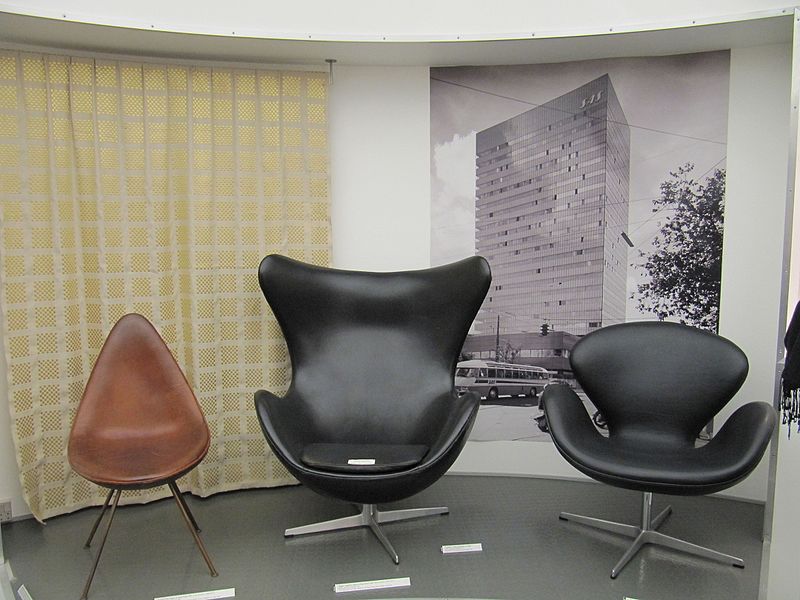
Left to right: the Drop chair, the Egg chair, and the Swan chair
War – What is it good for?
One could argue that World War II was an integral part of the development of Scandinavian design. The need for functionality became more important than ever, and raw materials less prevalent – so the trend toward modernism became a necessity.
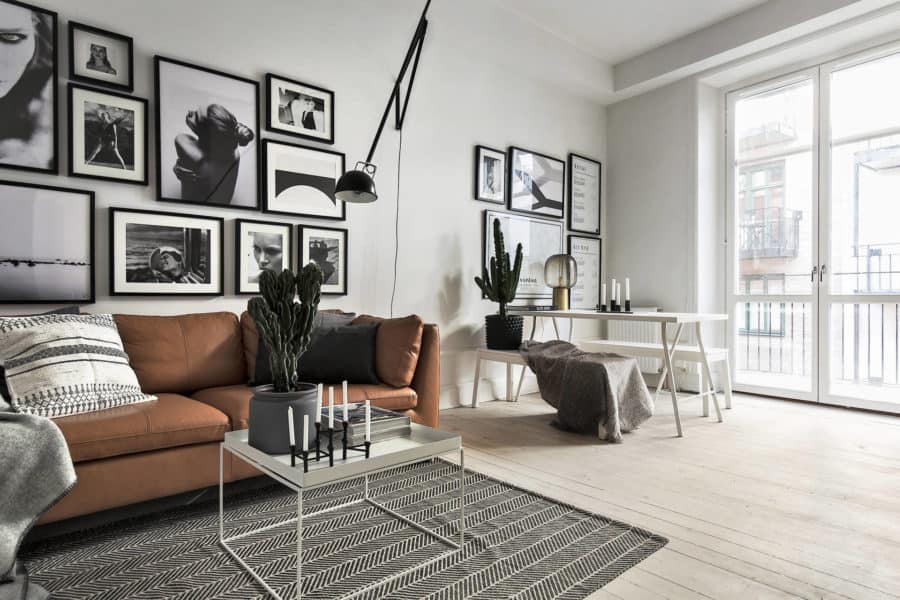
Have A Seat
While furniture wasn’t the only element of Scandinavian design, it was the most accessible and well known element to the general public. Famous Danish designer Finn Juhl, lauded for his Chieftains Chair, has been credited with introducing a style called Danish Modern to America (a style that most agree falls under the umbrella of the more general Scandinavian design movement).
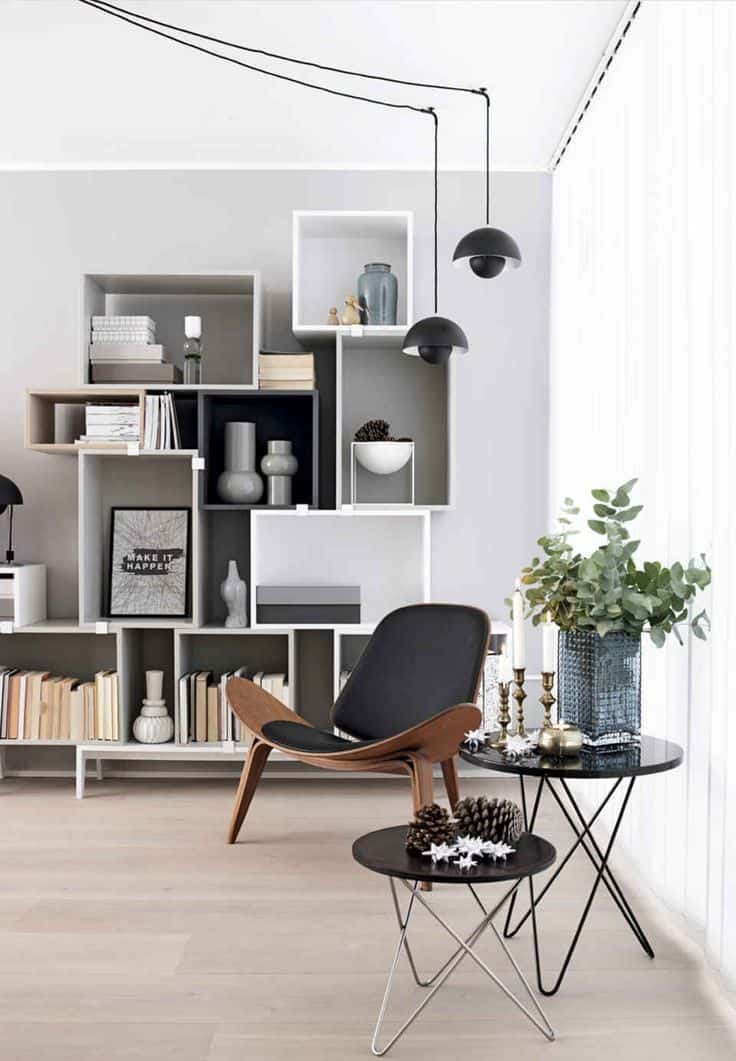
The Chieftains chair
Juhl’s home, located near Copenhagen:
On The Bright Side
The sun is only up for six hours a day during the depths of winter in Scandinavia – and readers in Minnesota thought you had it bad! – so lighting was therefore a crucial part of Scandinavian design, providing light and warmth during the long, dark winters.
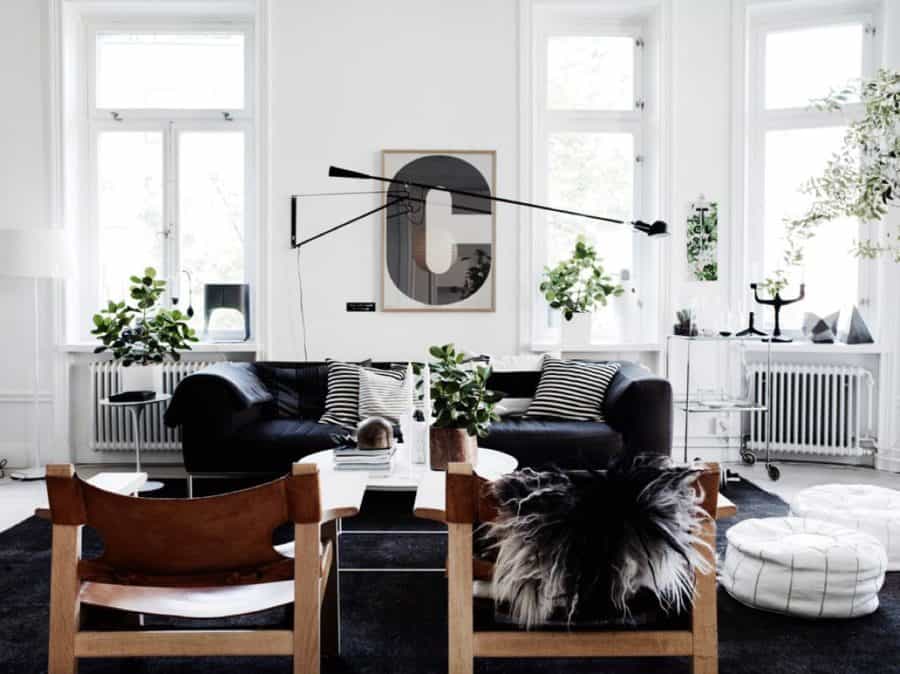
You Say You Want A Revolution
Danish designer Verner Panton was most well known for his Panton chair, a colorful S-shaped style which was made of moulded plastic and was the first of its kind.
He played a significant role in defining the new, vibrant color scheme of the 60’s and 70’s, thanks to the bold color options available to the buyers of his furniture. The Panton chair is considered one of the great masterpieces of Nordic design, and represents a bold shift in the aesthetic.
Shortly thereafter, the term “mid-century modern” was coined to describe the post World War II movement toward simple shapes and functional design, and time periods of Scandinavian and mid-century modern design run concurrently – but the similarities diverge at that point.
MCM was a style known for its retro colors, whereas Scandinavian design was lauded for its more muted and neutral color palette. MCM design was known for its colorful patterns which complemented the wooden tones, while you’d be hard pressed to find a bold pattern anywhere in Scandinavian design!
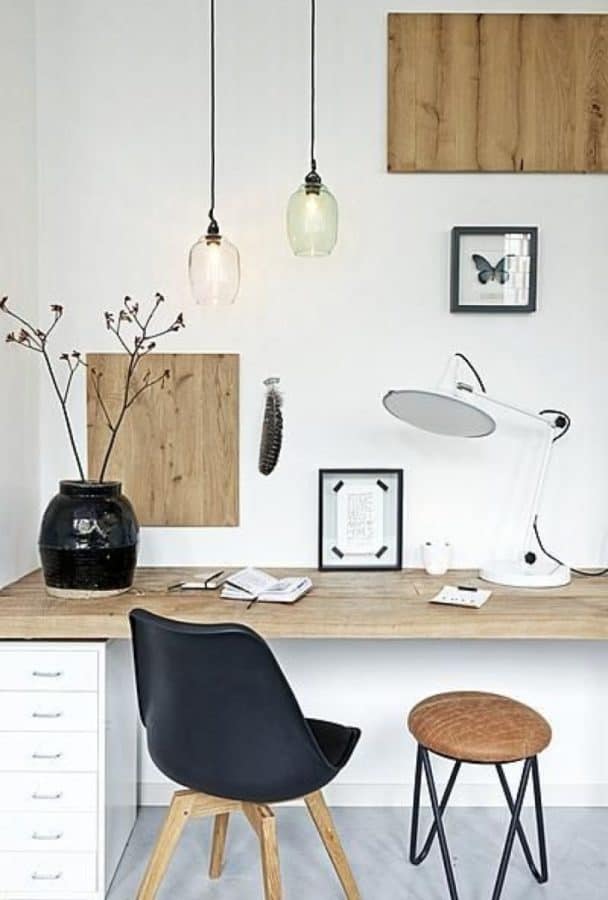
The simple, muted tones of Scandinavian design
Hygge Life
We would be remiss not to mention Hygge, the somewhat unpronounceable term (hint: “hoo-gah”) that swept the Internet over the past couple of years.
It is a Danish term which has no direct translation, but in essence means lighting the soul with a sense of cosiness. Although it may be new to those of us English-speakers, the word has actually been around for centuries. And while it’s not a design style per se, it has long been an important element of Scandinavian design.
Still Going Strong
Architect Lee F. Mindel’s modern New York duplex is an homage to Scandinavian design; an Alvar Aalto wing chair occupies the foreground, a Poul Kjaerholm daybed in the middle, and a pair of Finn Juhl Pelican chairs surround an Aalto coffee table in the background.
Where To Get Scandinavian Design Today
Retailers Knoll, Artek and DWR still sell many of the now classic Nordic designs of the 50s and 60s, and maybe you’ve noticed the influence that Scandinavian design has had on many other contemporary stores such as West Elm, CB2, and Room and Board.
With its warm, inviting feel and modern lines, it’s easy to see why Scandinavian design continues to be a mainstay in contemporary interiors. So while trends are always evolving, this classic style is one that, in one form or another, will probably be here to stay.
Budget-Friendly Scandinavian Design Picks
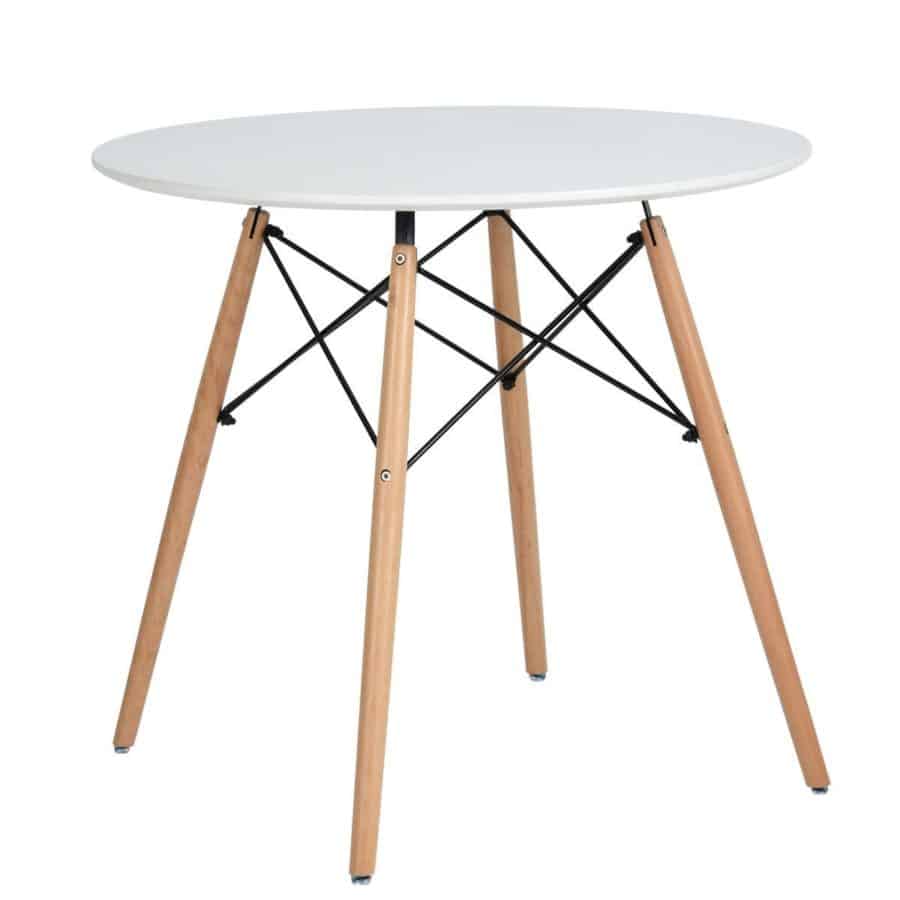
White Round Coffee Table: Amazon
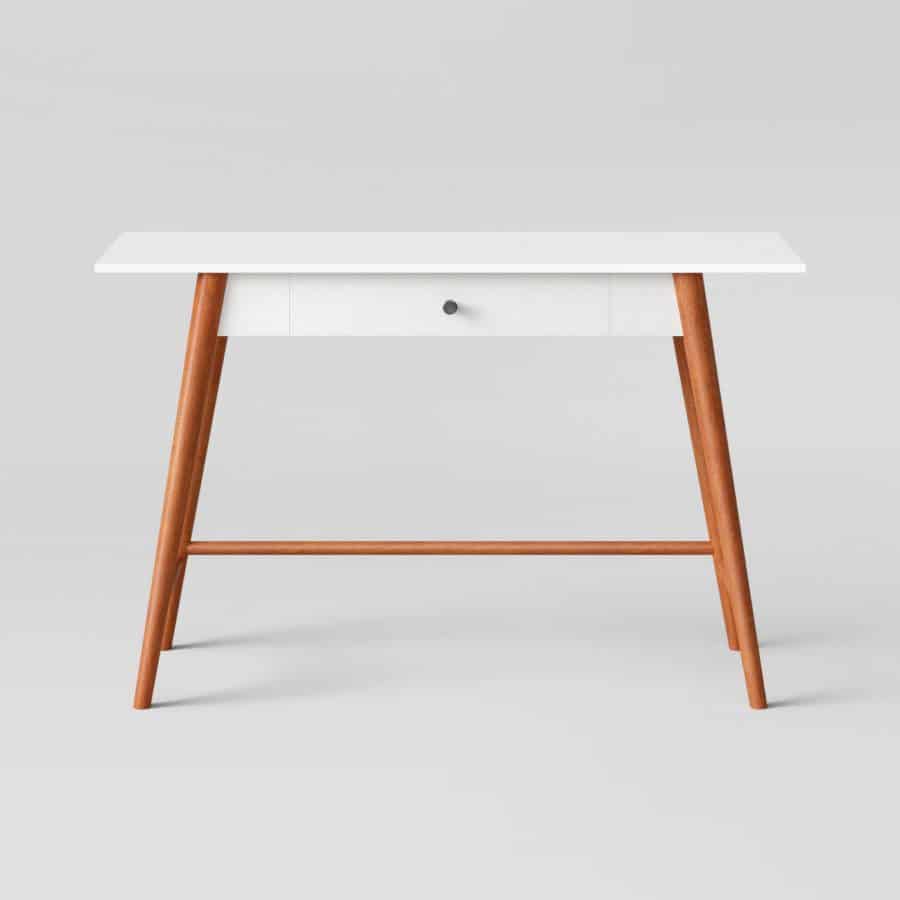
One Drawer Writing Desk: Target
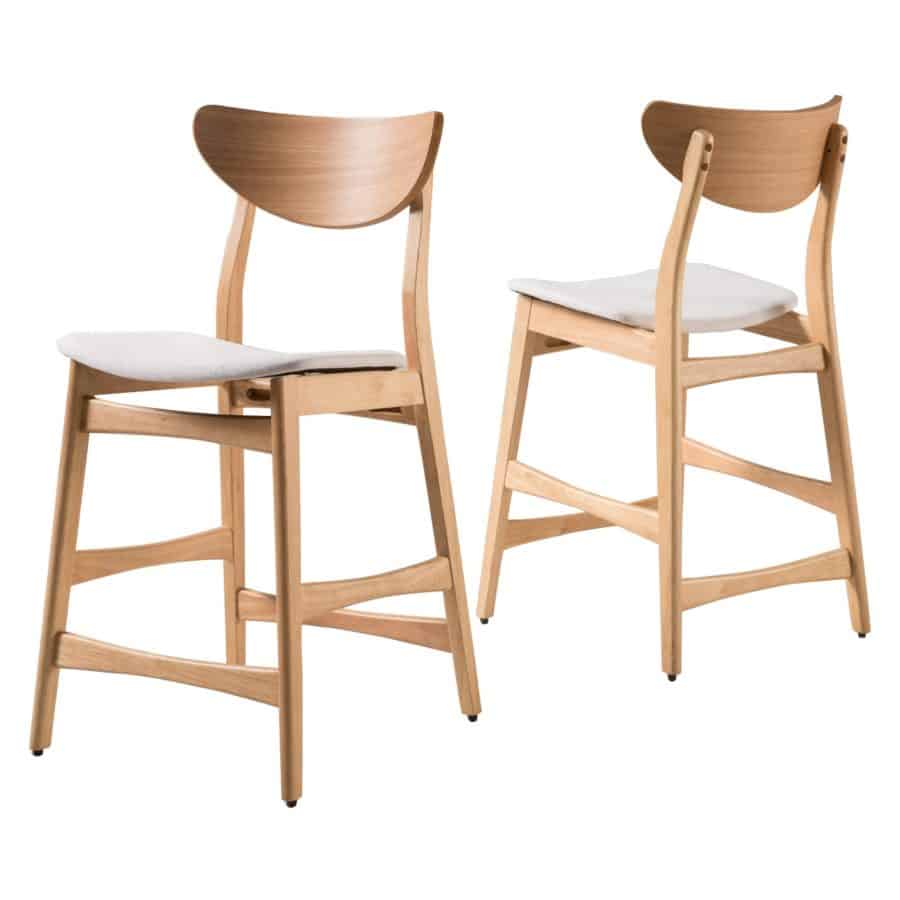
Counter Stools: Target
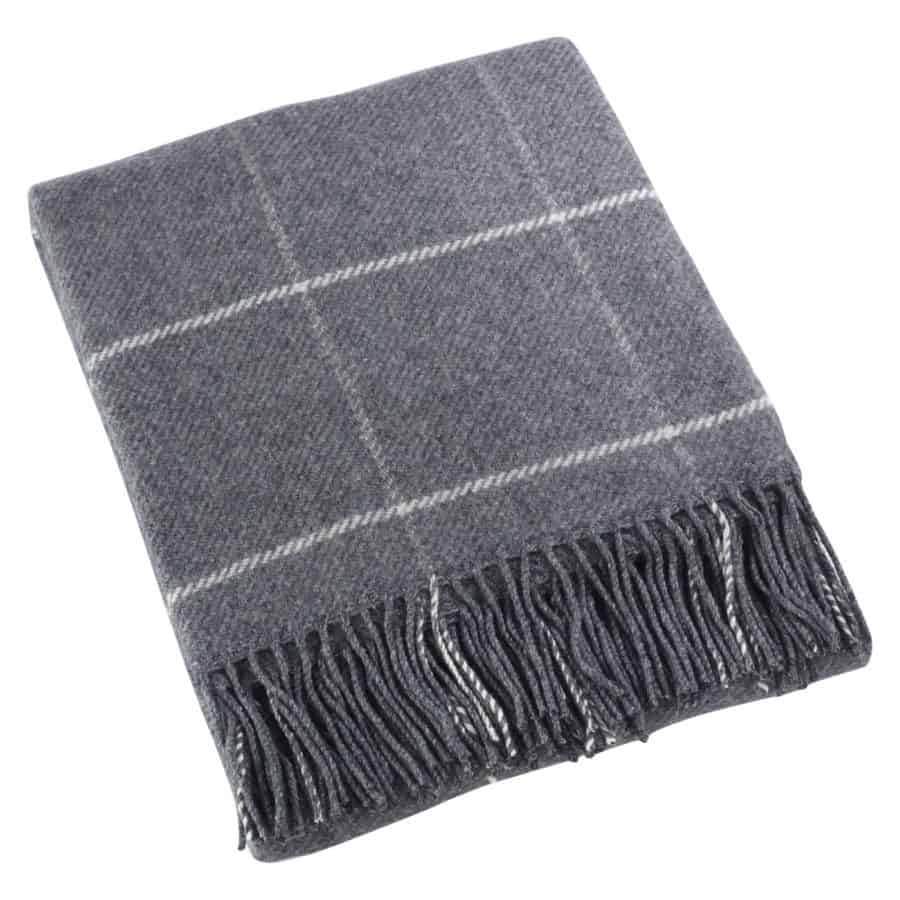
Sevan Design Throw Blanket: Target
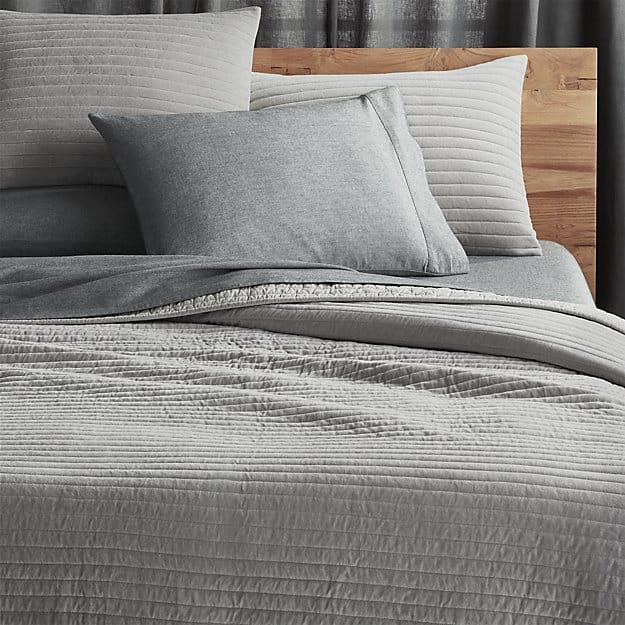
Channeled Velvet Bedding: CB2 / Make a similar DIY headboard yourself for dirt cheap!
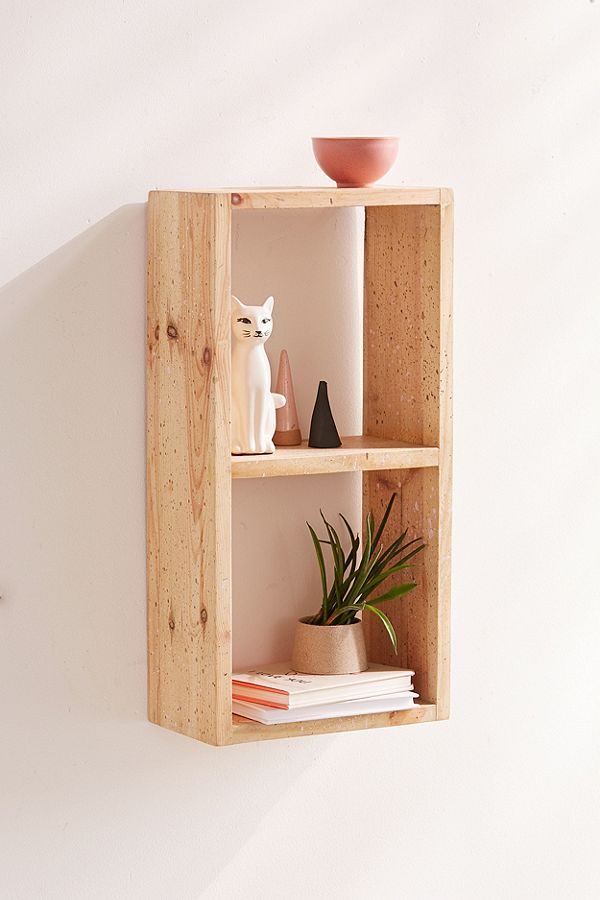
Wood Shelf: Urban Outfitters
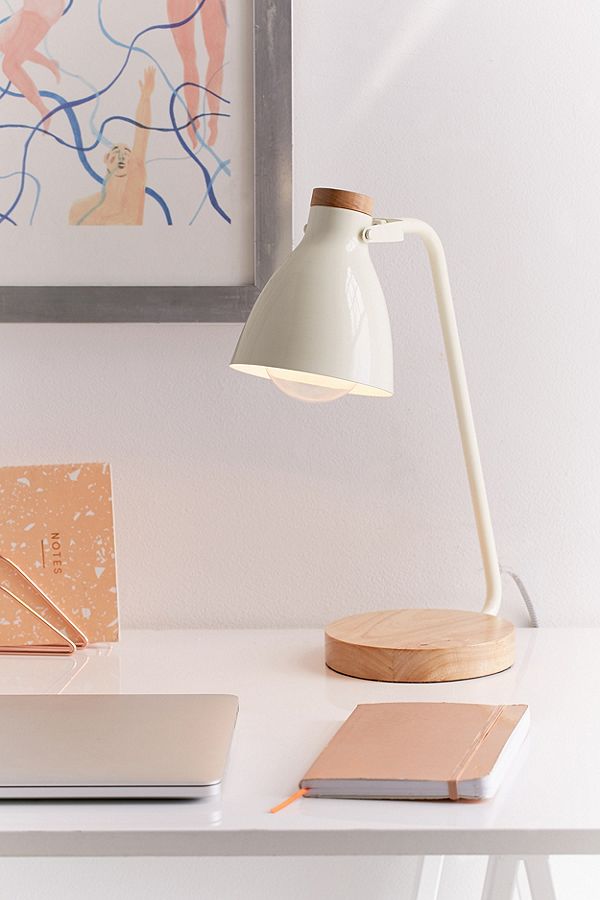
Desk Lamp: Urban Outfitters
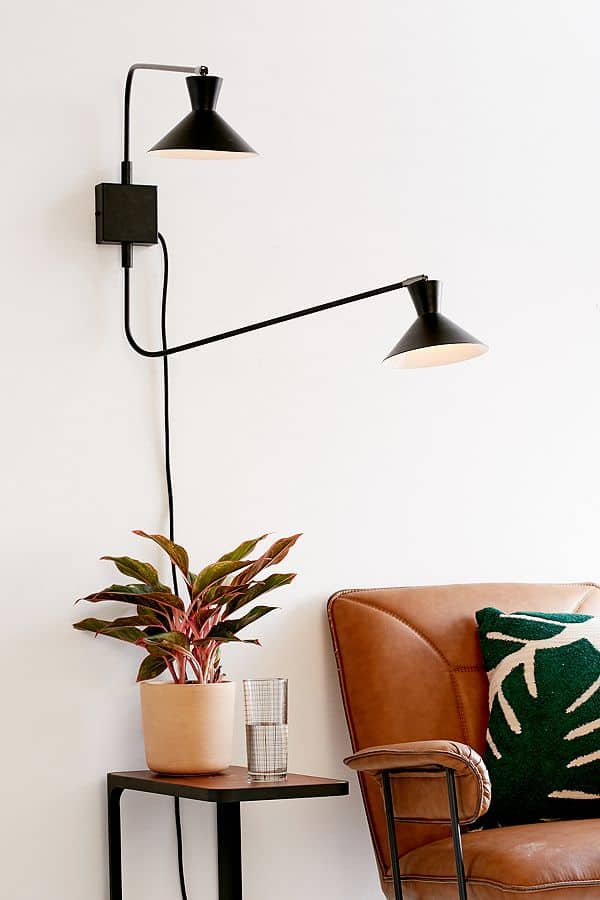
Double Sconce: Urban Outfitters
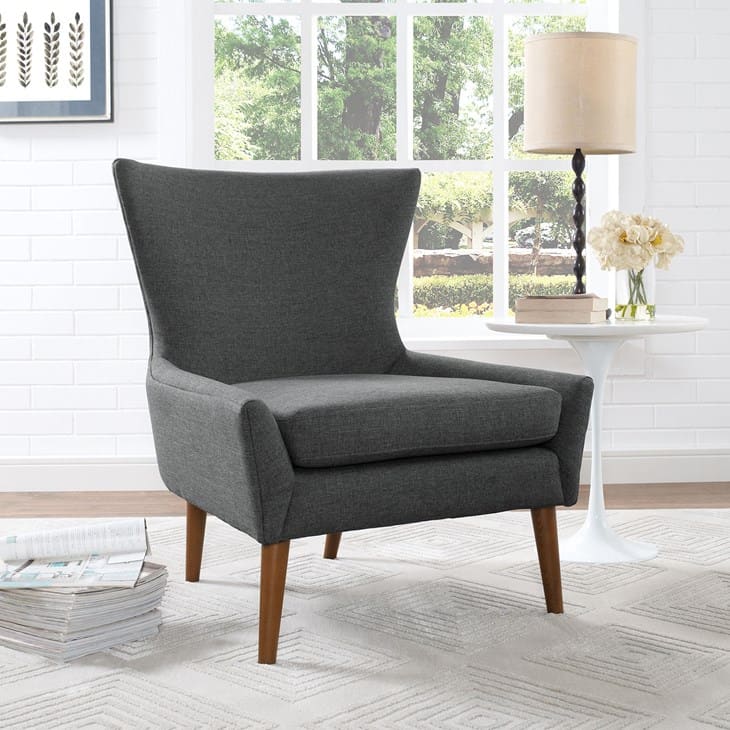
Fabric Armchair: LexMod
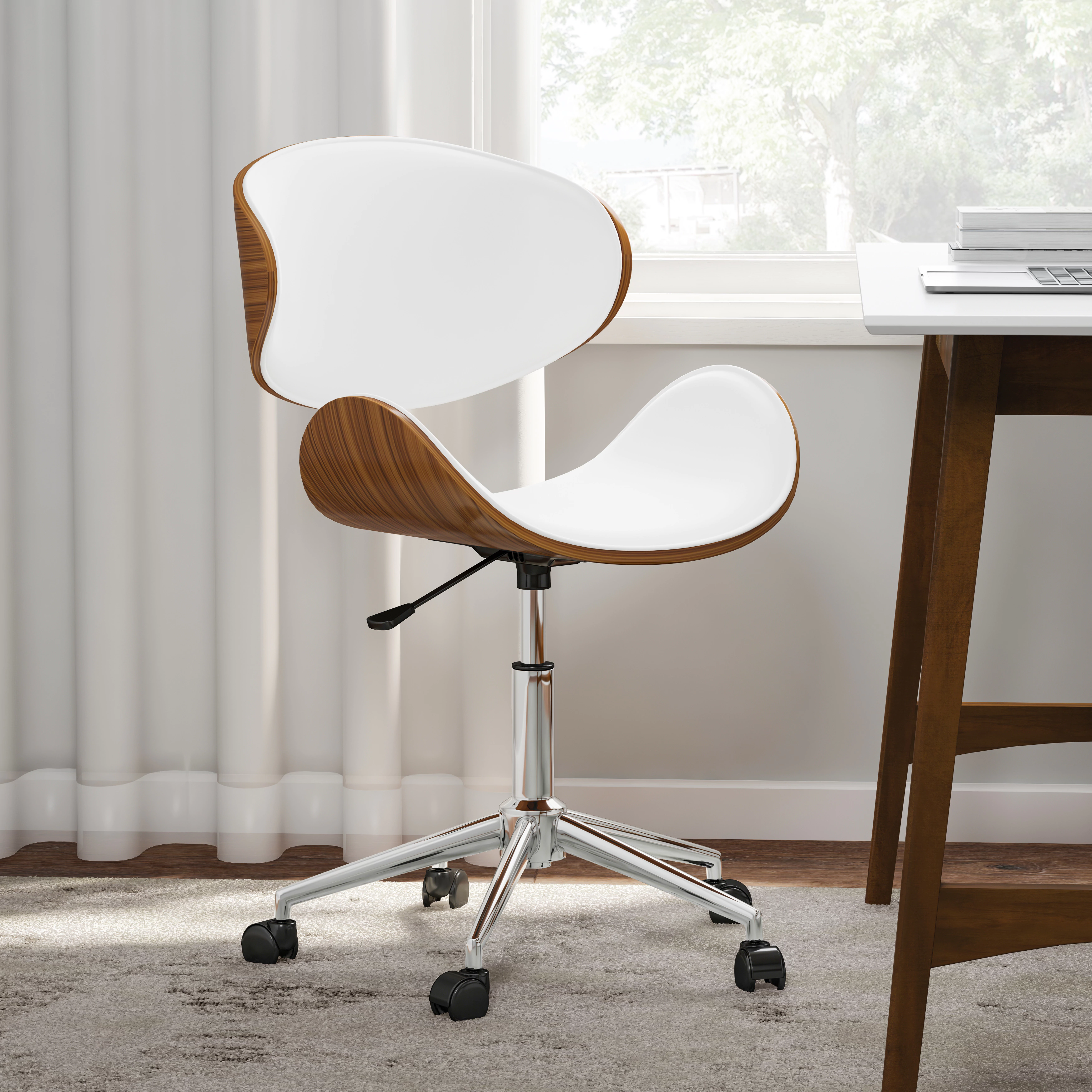
Office Chair: Overstock
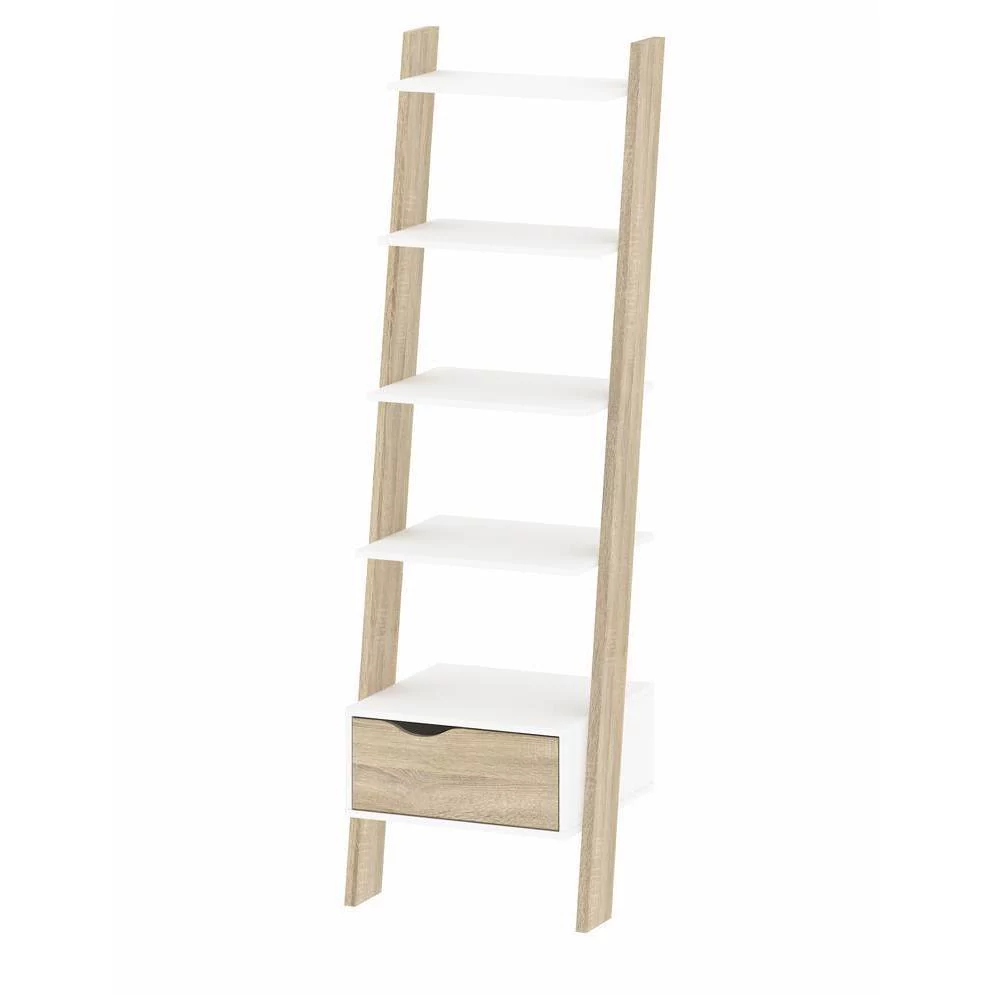
Stair Bookcase: Overstock
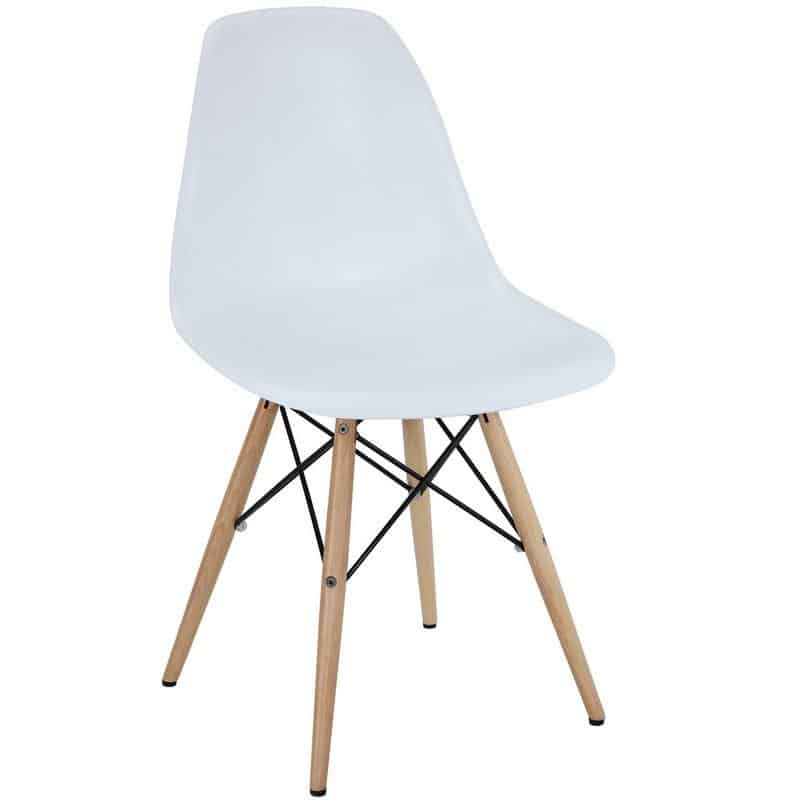
Side Chair: apt2B
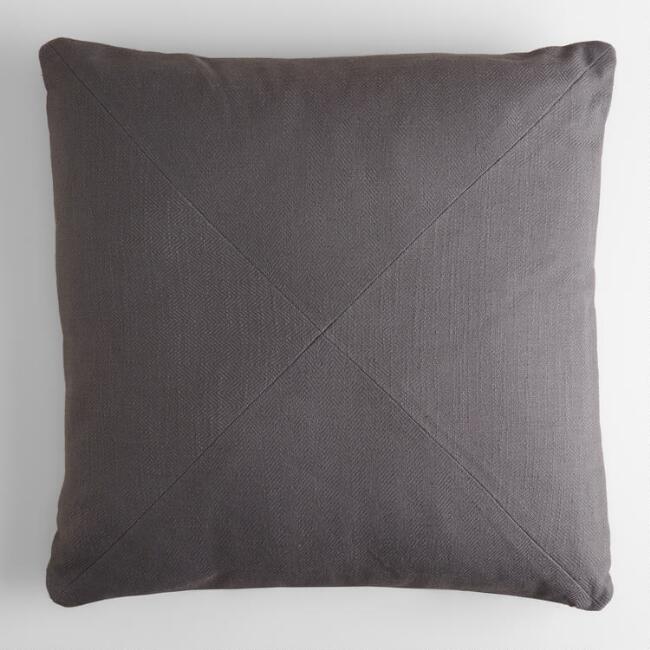
Herringbone Throw Pillow: World Market
What’s your favorite element of Scandinavian design? The functionality? The simple color scheme? Share your thoughts in the comments section!



